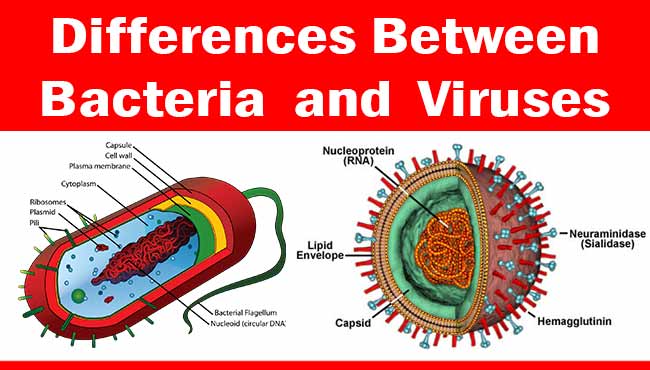Non-cellular life

Non-cellular life or acellular life is life that exists without a cellular structure for a part of its life cycle. Historically, the definition of life postulated that a living organism must be composed of one or more cells, but this is no longer considered necessary, and modern criteria allow for forms of life based on other structural arrangements. The primary candidates for non-cellular life are viruses. Some biologists consider viruses to be living organisms, but others do not.
What’s the difference between bacteria and viruses?

Important to know:
While both can cause disease, viruses are not living organisms, whereas bacteria are. Viruses are only “active” within host cells which they need to reproduce, while bacteria are single-celled organisms that produce their own energy and can reproduce on their own. Bacteria serve many vital roles in nature outside of being infectious.
Living or Not:
Viruses are not living organisms, bacteria are. Viruses only grow and reproduce inside of the host cells they infect. When found outside of these living cells, viruses are dormant. Their “life” therefore requires the hijacking of the biochemical activities of a living cell. Bacteria, on the other hand, are living organisms that consist of single cell that can generate energy, make its own food, move, and reproduce. This allows bacteria to live in many places: soil, water, plants, and the human body and serve many purposes. They serve many vital roles in nature by decomposing organic matter and by converting nitrogen, through nitrogen fixation, to chemicals usable by plants. Bacteria even know how to work as a team through something called quorum sensing.
Some of the Differences Between Bacteria and Viruses are as follows:
| S.N. | Characteristics | Bacteria | Viruses |
| 1 | Size | Larger (1000 nm) | Smaller (20-400 nm) |
| 2 | Cell Wall | Peptidoglycan or Lipopolysaccharide | No cell wall. Protein coat present instead. |
| 3 | Ribosomes | Present | Absent |
| 4 | Number of cells | One cell (Unicellular) | No cells |
| 5 | Living/Non-Living | Living organisms | Between living and non-living things. |
| 6 | DNA and RNA | DNA and RNA floating freely in cytoplasm. | DNA or RNA enclosed inside a coat of protein. |
| 7 | Infection | Localized | Systemic |
| 8 | Reproduce | Able to reproduce by itself | Need a living cell to reproduce |
| 9 | Reproduction | Fission- a form of asexual reproduction | Invades a host cell and takes over the cell causing it to make copies of the viral DNA/RNA. Destroys the host cell releasing new viruses. |
| 10 | Duration of illness | A bacterial illness commonly will last longer than 10 days. | Most viral illnesses last 2 to 10 days. |
| 11 | Fever | A bacterial illness notoriously causes a fever. | A viral infection may or may not cause a fever. |
| 12 | Cellular Machinery | Possesses a cellular machinery | Lack cellular machinery |
| 13 | Under Microscope | Visible under Light Microscope. | Visible only under Electron Microscope. |
| 14 | Benefits | Some bacteria are beneficial (Normal Flora) | Viruses are not beneficial. However, a particular virus may be able to destroy brain tumors. Viruses can be useful in genetic engineering. |
| 15 | Treatment | Antibiotics | Virus does not respond to antibiotics. |
| 16 | Examples | Staphylococcus aureus, Vibrio cholerae, etc | HIV, Hepatitis A virus, Rhino Virus, etc |
| 17 | Diseases/Infections | Food poisoning, gastritis and ulcers, meningitis, pneumonia, etc | AIDS, common cold, influenza, chickenpox, etc |
